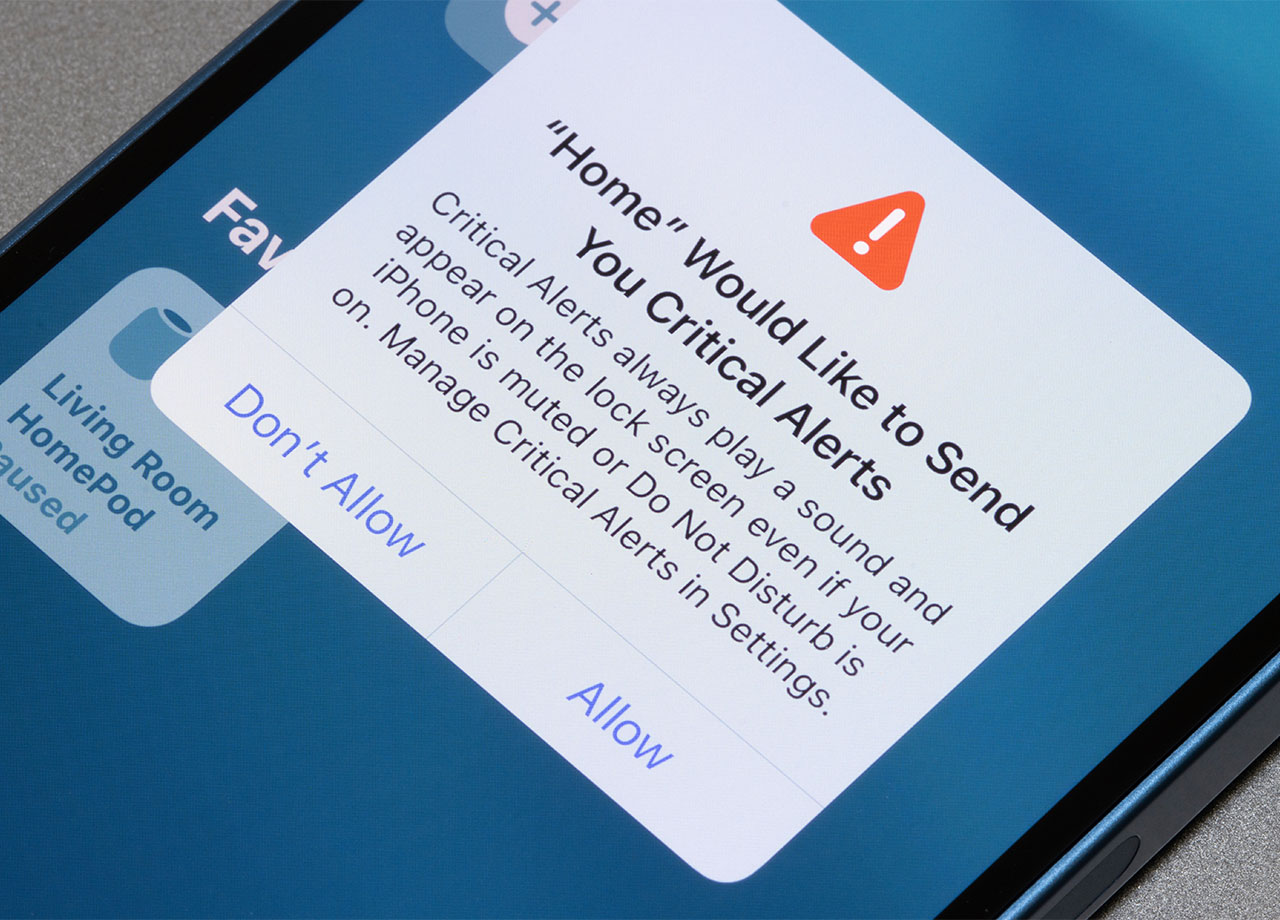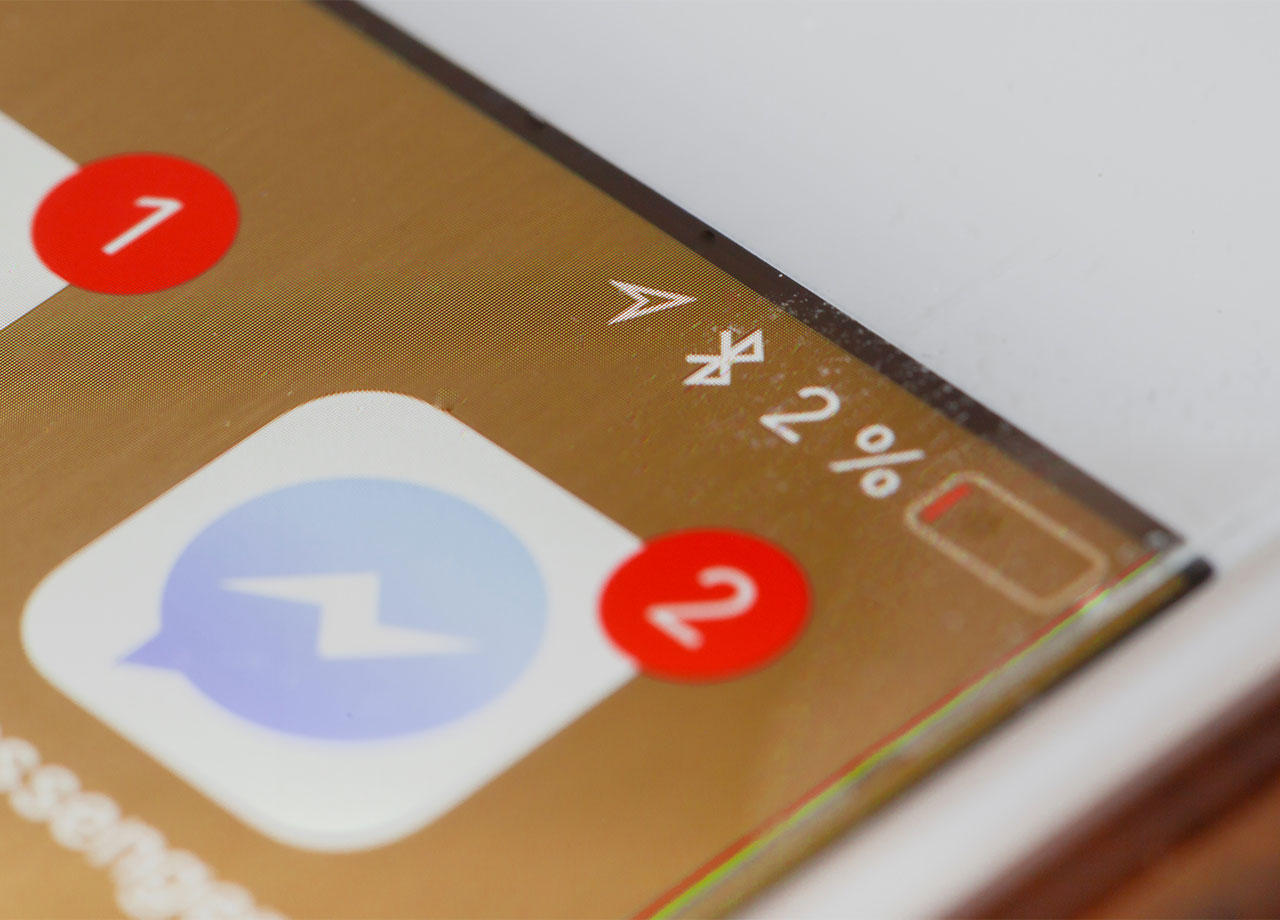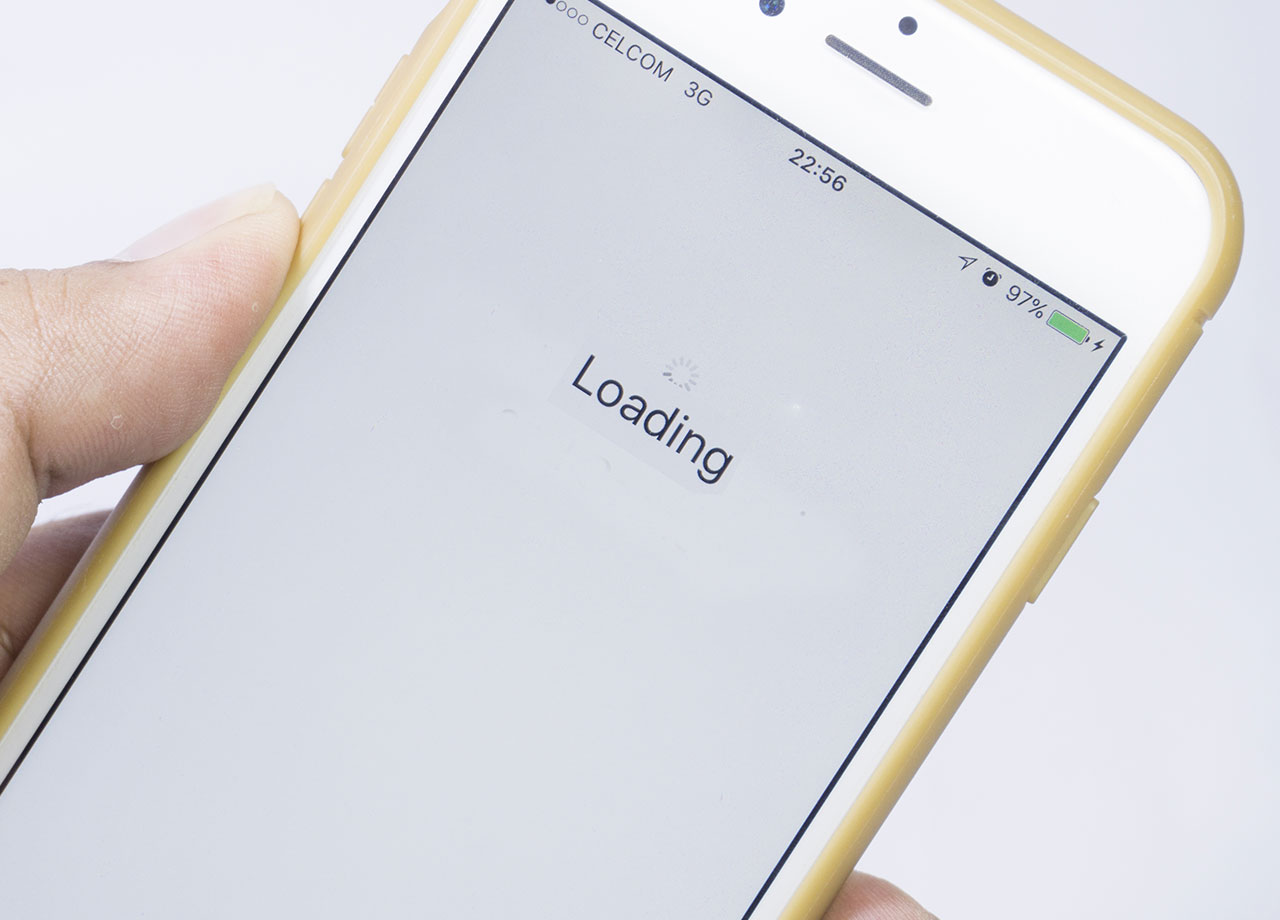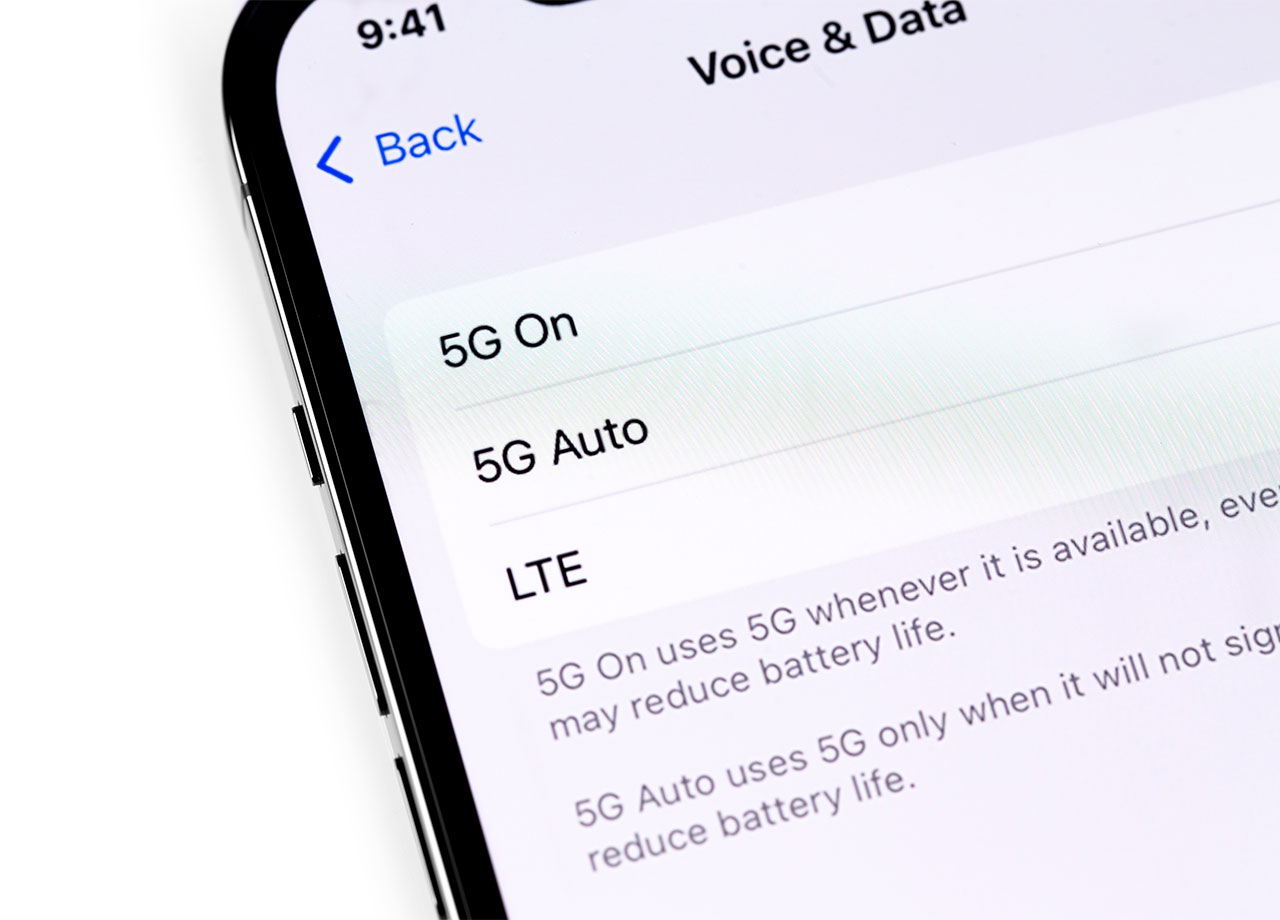Have you ever suspected your iPhone of being infected with a virus? Have you wondered how you’d know and what steps you’d have to take to resolve the issue before your data is stolen and other privacy issues take place? Even though everyone can be vulnerable to an attack, it happens more frequently among those smartphone users who reuse passwords or create very basic passwords for most of their apps and sites.
And even though someone can hack you and you may not know it has happened until it’s too late, there are signs that can tip you off to this happening to your device. These four red flags are commonly seen among iPhone users whose phones have been infected — here’s how you can fix the problem.


1. Pop-Ups
Although iPhone pop-ups aren’t necessarily a sure sign your phone has been infected, they can indicate that your device has been infected with malicious software like adware. Some of these pop-ups try to lure you to click on them, but these phishing attempts can lead to attackers getting even more of your data.

2. Battery Drainage
There are several reasons why battery drainage can happen to your device, but among them are malicious software working in the background — and this is exactly what happens when a hackers gains access to your phone and installs malware or adware on it. Some of these software program consume heavy amounts of CPU and memory. Those that track your location add the burden of GPS tracking onto your battery, which is extremely draining.

3. Slow Performance
Similarly to how an infected phone can show faster battery drainage, it can also result in slower performance. Your slower phone is the result of malicious software or malware running in the background and draining your phone’s resources.

4. Sudden Data Usage
Many types of malware require an ongoing connection with a remote server to infect your phone — this is one cause of rapid data usage. Some hackers also download apps to your device and these apps can take up a ton of data, while draining your phone’s battery and causing your device to work slowly.
If you suspect your phone has a virus, first go through all of your apps. Delete any apps you didn’t download yourself. Make sure your software and apps are up to date with new software by heading to Settings > General > Software Update and App Store > Profile Icon > Update All to check for and download new updates. Changing your passwords will be crucial. Change your Apple ID password by going to Settings > [Your Name] > Password & Security > Change Password. Make sure you enable two-factor authentication for all sites that allow it. If nothing seems to help, you may need to perform a factor reset on your phone. This will remove malware and suspicious apps, but will also erase everything else on your device (like photos and contacts) so make sure you back up your phone first. To perform a factory reset go to Settings > General > Reset > Erase All Content and Settings.


























